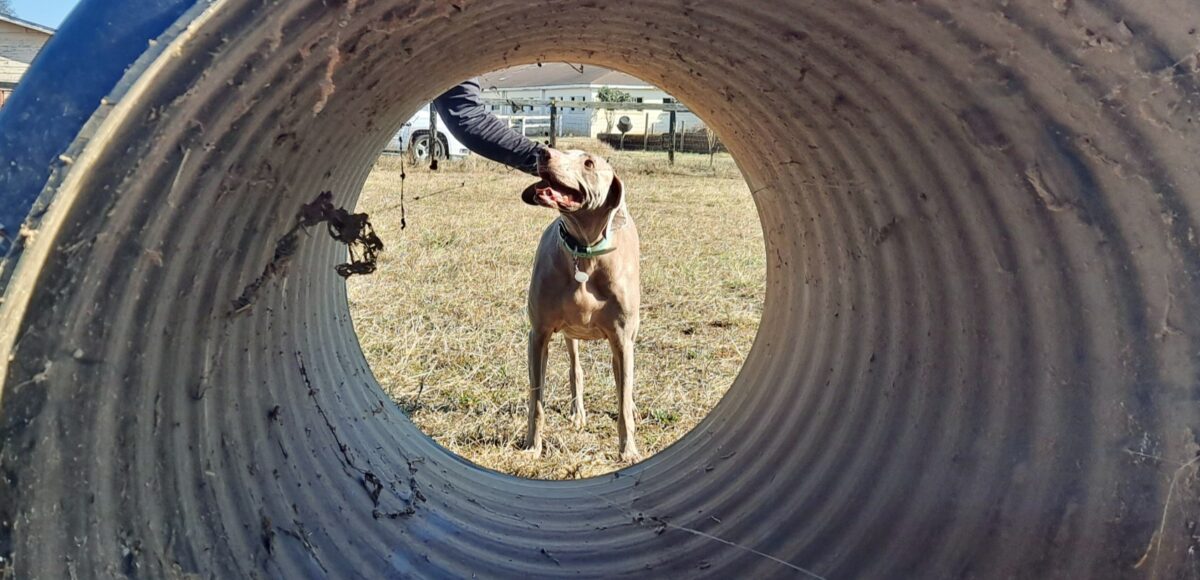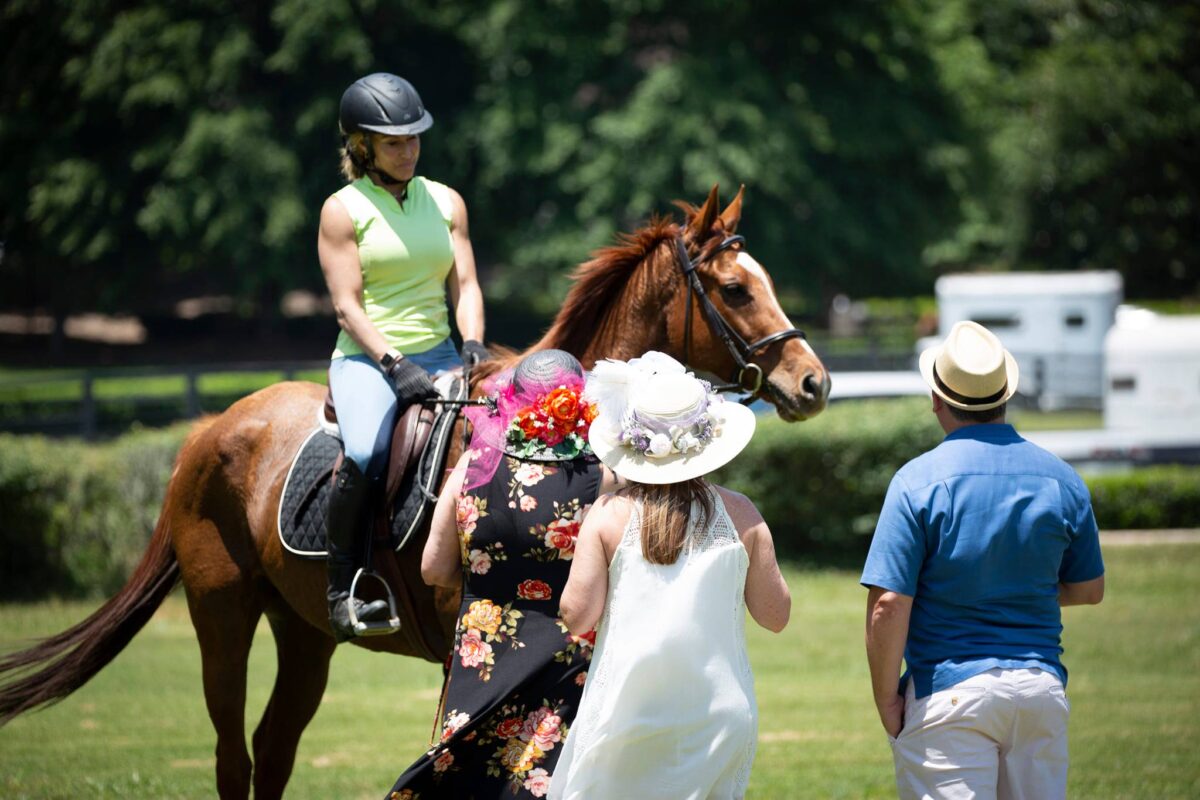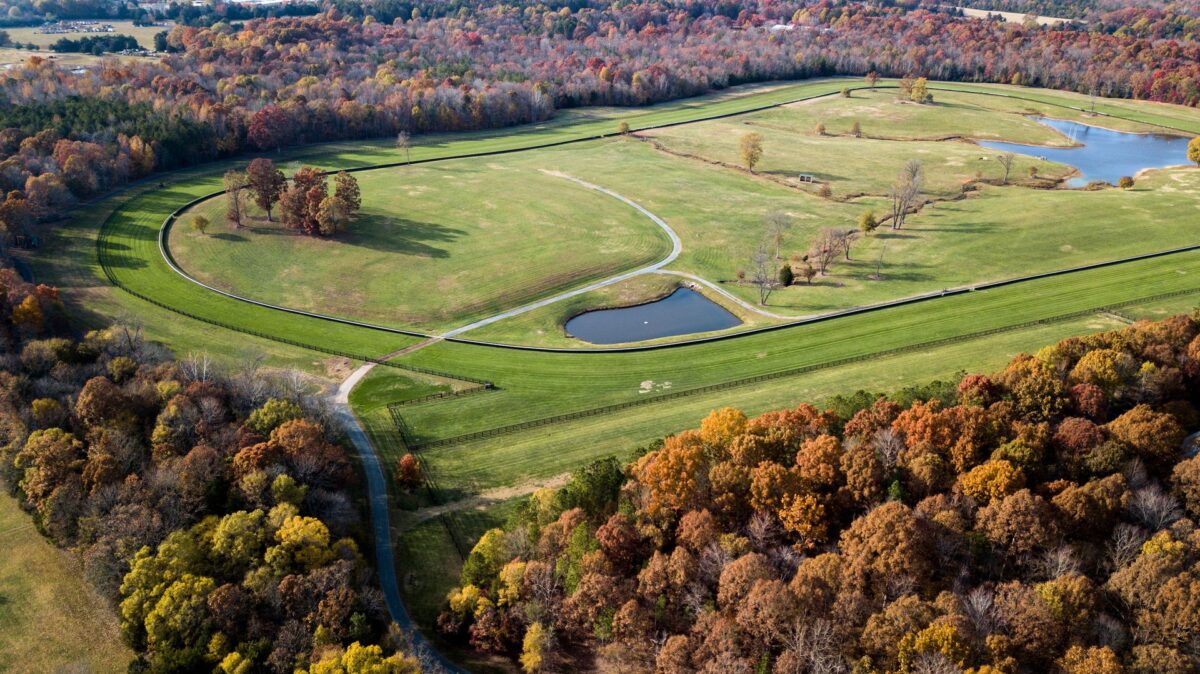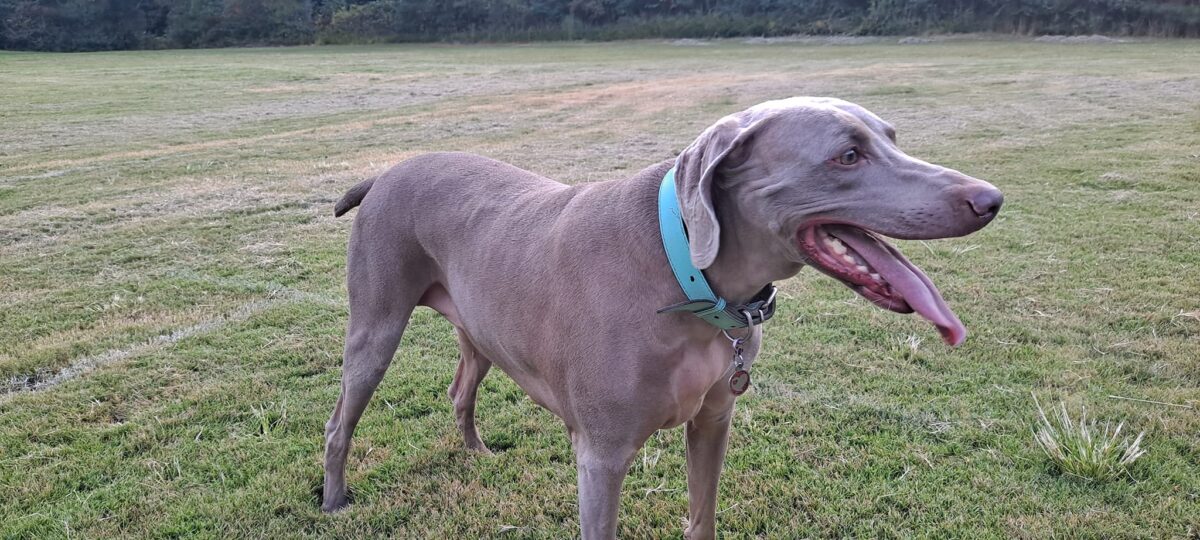Dog agility is a popular and fun canine sport that involves a handler directing a dog through a timed obstacle course. It requires teamwork, communication, and training. Here are some best practices for dog agility:
1. Positive Reinforcement:
- Reward-Based Training: Use positive reinforcement, such as treats, praise, or toys, to motivate your dog. Rewarding good behavior helps create a positive association with agility training.
2. Foundation Training:
- Basic Commands: Ensure your dog has a strong foundation in basic obedience commands like sit, stay, come, and lie down. These commands are crucial for effective communication on the agility course.
3. Start with Low Impact Obstacles:
- Gradual Introduction: Begin with low-impact obstacles like tunnels and jumps. Gradually progress to more complex obstacles as your dog gains confidence and skill.
4. Focus on Safety:
- Proper Equipment: Ensure that agility equipment is set up correctly and is safe for your dog to use. Regularly inspect equipment for any signs of wear or damage.
5. Consistency in Training:
- Regular Sessions: Consistency is key. Schedule regular training sessions to reinforce commands and build your dog’s agility skills. Short, frequent sessions are often more effective than longer, infrequent ones.
6. Handler-Dog Communication:
- Clear Signals: Develop clear and consistent signals for your dog. Dogs respond well to visual and verbal cues, so make sure your body language and commands are clear.
7. Positive Association with Obstacles:
- Gradual Exposure: Introduce each obstacle gradually, allowing your dog to explore and become comfortable with it. Associate the obstacle with positive experiences and rewards.
8. Trial Environment Familiarization:
- Simulate Trial Conditions: Prepare your dog for the sights and sounds of agility trials. Practice in different environments to help your dog become accustomed to distractions.
9. Build Endurance:
- Conditioning: Agility requires physical fitness. Build your dog’s endurance through regular exercise and activities that improve strength and flexibility.
10. Handlers’ Fitness:
- Physical Fitness: Agility is a physically demanding sport for both dogs and handlers. Stay fit to keep up with your dog on the course. Strength and agility in the handler contribute to successful teamwork.
11. Positive Atmosphere:
- Fun and Play: Keep the atmosphere positive and fun. Agility should be an enjoyable experience for both you and your dog. Celebrate successes and maintain a playful attitude.
12. Know Your Dog:
- Individualized Approach: Recognize your dog’s strengths, weaknesses, and preferences. Tailor your training approach to suit your dog’s personality and learning style.
13. Warm-Up and Cool Down:
- Prevent Injuries: Like any physical activity, agility benefits from a proper warm-up and cool-down routine. This helps prevent injuries and keeps your dog physically comfortable.
14. Problem-Solving:
- Adaptability: Be flexible and adapt your training methods to address challenges. If your dog struggles with a particular obstacle, revisit foundational training and gradually reintroduce the challenge.
15. Enjoy the Process:
- Build a Bond: The primary goal of agility is to strengthen the bond between you and your dog. Enjoy the training process and the time spent together.
Remember that agility training is a journey, and progress may vary for each dog. Patience, positive reinforcement, and consistency are key elements in achieving success in this dynamic and engaging canine sport.






